14 Dangerous Kids’ Activities from the Past We All Somehow Survived
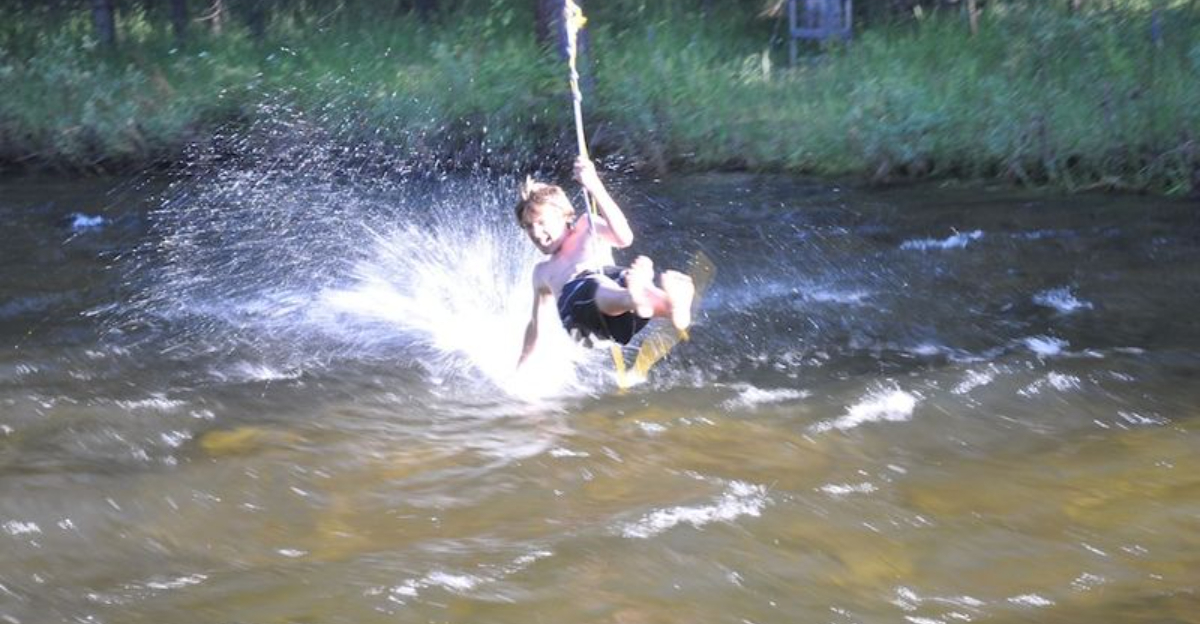
Remember when childhood was a wild frontier of skinned knees and tetanus risks? Before helicopter parenting and safety regulations, kids roamed free in a world of questionable toys, unsupervised adventures, and activities that would make today’s parents faint.
We climbed rusty structures, whizzed down streets without helmets, and played with toys that were basically injury delivery systems. Yet somehow, many of us lived to tell these tales of our surprisingly dangerous childhoods.
1. Riding in Car Trunks and Pickup Beds
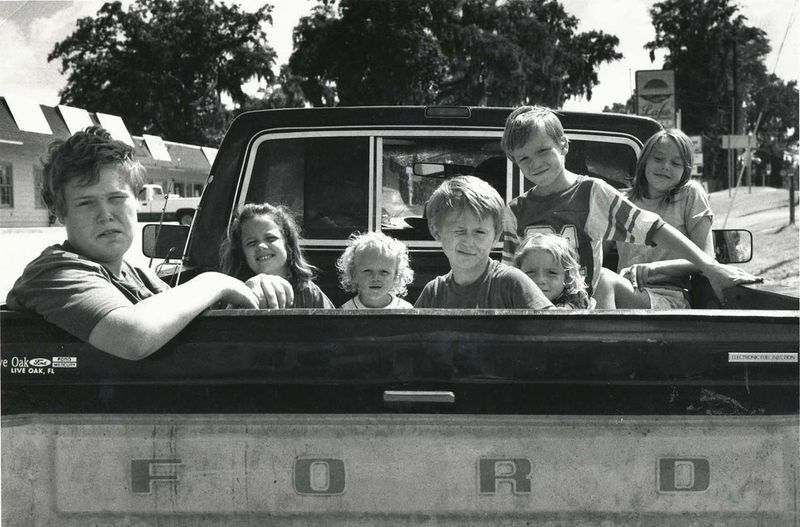
Bouncing around in the back of a pickup truck was practically a childhood rite of passage. The wind whipping through your hair as you held on for dear life while Dad took that corner a bit too fast.
No seatbelts, no safety features, just pure adrenaline and the very real possibility of becoming a human projectile. Parents would simply holler, “Hold on tight!” as if your tiny grip could overcome the laws of physics during a sudden stop.
2. Lawn Darts (Jarts)
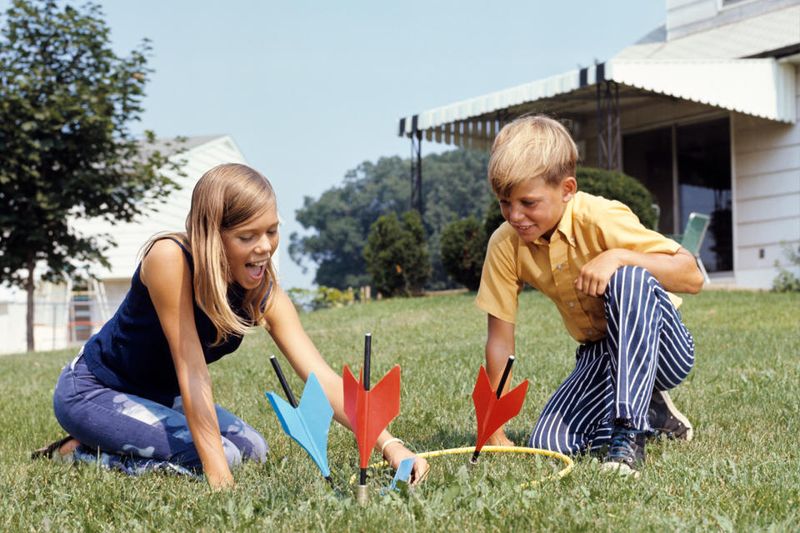
Nothing says “family fun” quite like heavy metal spikes hurled skyward by excited children with undeveloped depth perception. Lawn darts combined the danger of darts with impressive weight and velocity.
These flying spikes were eventually banned after causing numerous injuries and even fatalities. The game was simple: toss weighted darts with metal tips toward plastic rings on the ground, and hope nobody wandered into the landing zone.
3. Unsupervised Swimming Holes
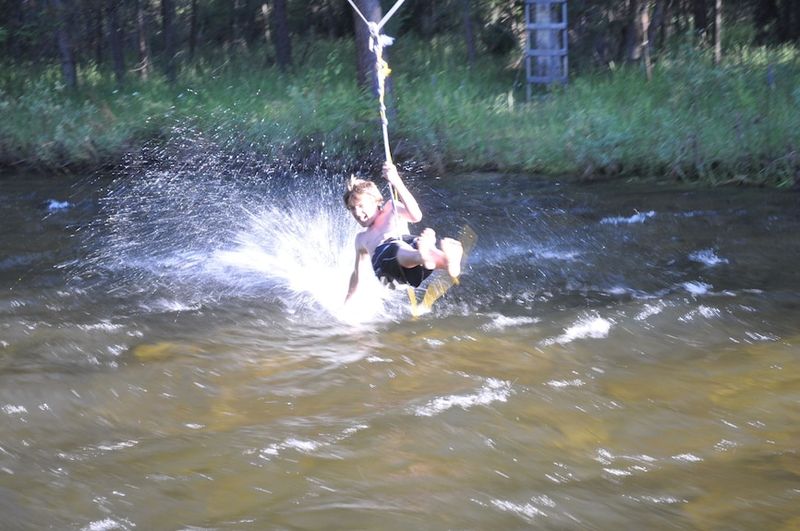
Summer meant finding the nearest body of water and plunging in without a second thought. No lifeguards, no water quality tests, just murky water hiding rocks, branches, and who-knows-what-else beneath the surface.
We’d swing from questionable ropes tied to overhanging trees and launch ourselves into unknown depths. Parents were typically nowhere in sight, and our water safety training consisted entirely of “don’t drown” and “watch out for snapping turtles.”
4. Bike Riding Without Helmets
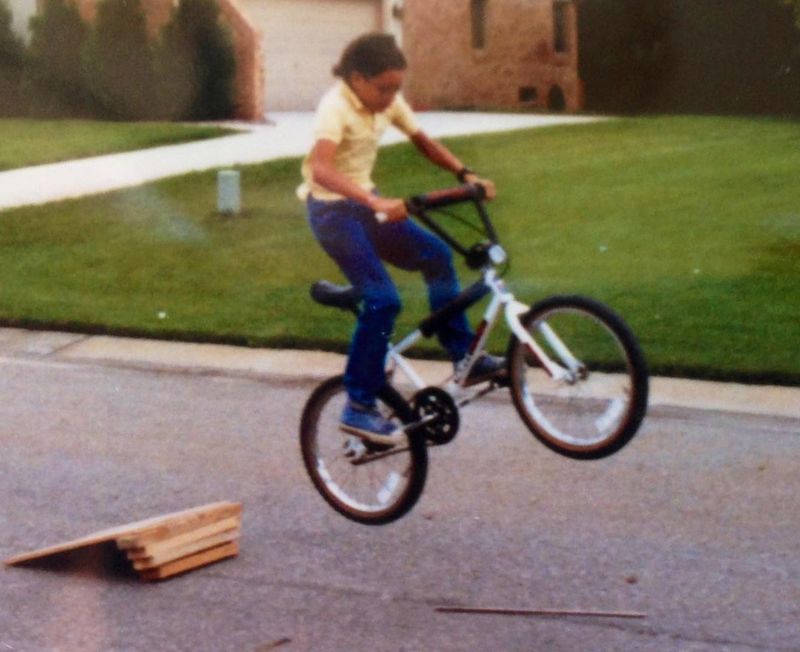
Helmets? Those were for wimps! We pedaled our bikes down steep hills, built rickety ramps, and attempted stunts that would make Evel Knievel wince—all with our vulnerable skulls completely exposed.
Falling meant road rash, bruises, and occasionally a trip to the emergency room. The wind in our hair was worth the risk of potential brain injury, or so we thought. Somehow our parents watched us wobble away and simply called out, “Be home by dinner!”
5. Chemistry Sets with Real Chemicals
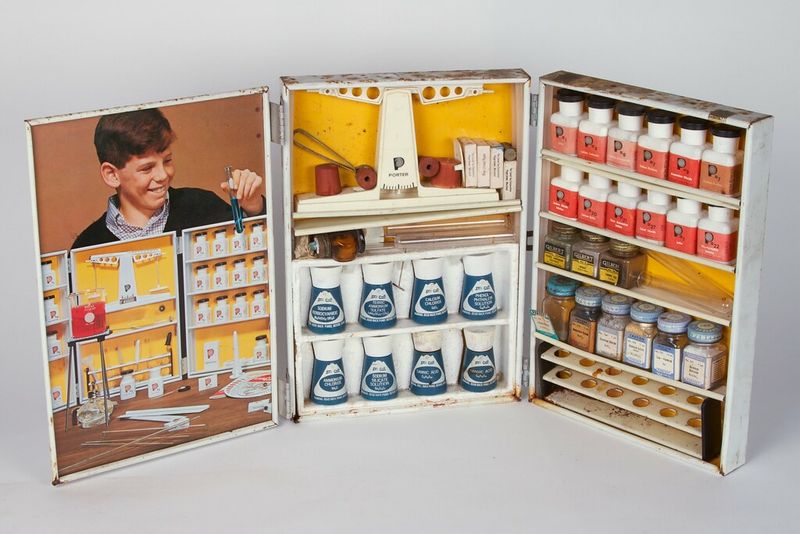
Vintage chemistry sets weren’t watered-down educational toys—they contained actual hazardous chemicals that could explode, burn, or create noxious gases. Kids could conduct experiments that today would require a hazmat team and environmental cleanup.
These science kits from the 1950s and 60s included chemicals like potassium nitrate, ammonium nitrate, and sometimes even radioactive materials! Parents bought these dangerous boxes thinking they might spark scientific curiosity rather than actual sparks and flames.
6. Metal Playground Equipment on Concrete
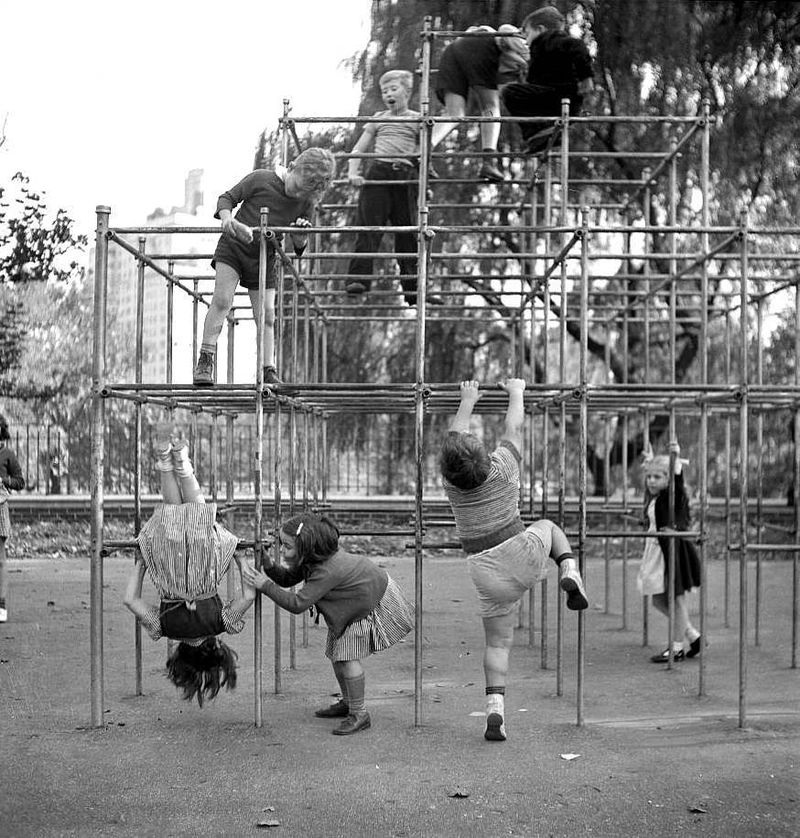
Playgrounds were marvels of poor design and dangerous materials. Towering metal slides that reached scalding temperatures in summer, merry-go-rounds that spun fast enough to create G-forces, and jungle gyms perched over concrete surfaces.
Falls meant broken bones, not gentle landings on rubber mulch. The seesaw was essentially a medieval catapult, launching unsuspecting children skyward when a friend suddenly jumped off. Playground injuries weren’t just common—they were expected.
7. BB Guns and Slingshots
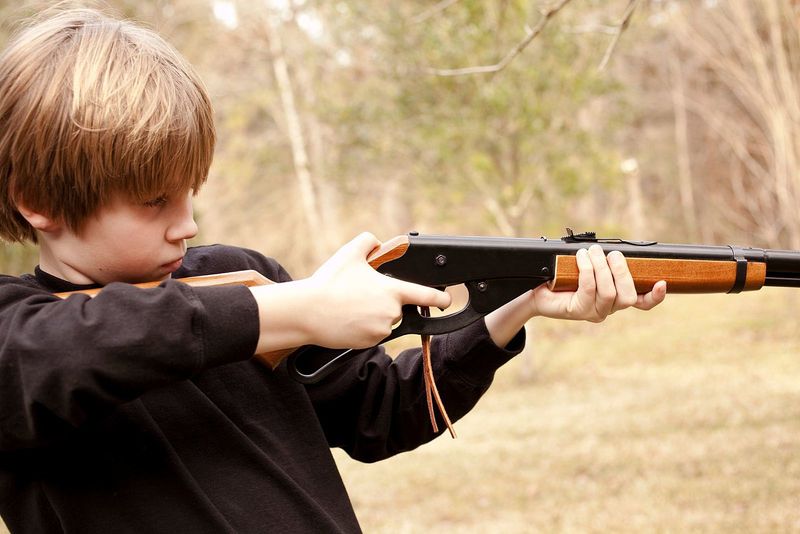
Long before “You’ll shoot your eye out” became a holiday movie warning, kids routinely wielded BB guns and slingshots with minimal supervision. These weren’t toys but actual weapons capable of causing serious harm.
Neighborhood wars involved projectiles flying at dangerous speeds toward other children. The basic safety instruction was usually just “don’t aim at anyone’s face,” which was promptly ignored once adults were out of sight. Remarkably, most of us retained both eyes.
8. Clacker Balls

Clacker balls were two acrylic spheres attached to either end of a string that kids would swing up and down to make them “clack” together. The satisfying noise came with a side of danger—these hard plastic balls often shattered into sharp shrapnel.
The toy was essentially two rock-hard projectiles swinging at high velocity near children’s faces. When they broke (not if, but when), they’d explode into jagged plastic fragments that could cut skin or damage eyes. Fun times!
9. Fireworks Without Adult Supervision
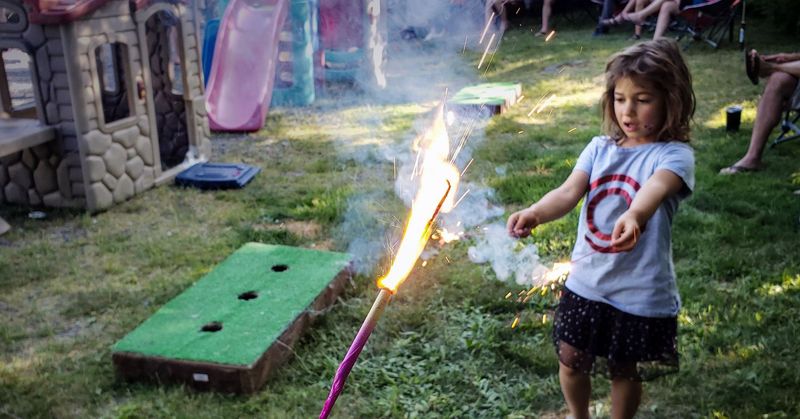
Fourth of July meant one thing: playing with miniature explosives! Kids regularly handled firecrackers, bottle rockets, and Roman candles with zero training or proper precautions.
We’d light fuses and run, sometimes throwing lit firecrackers at each other for added excitement. Cherry bombs were dropped into toilets, mailboxes, or anything else that might create an interesting explosion.
Burns, lost fingers, and singed eyebrows were badges of honor in this explosive pastime.
10. Trampolines Without Safety Nets
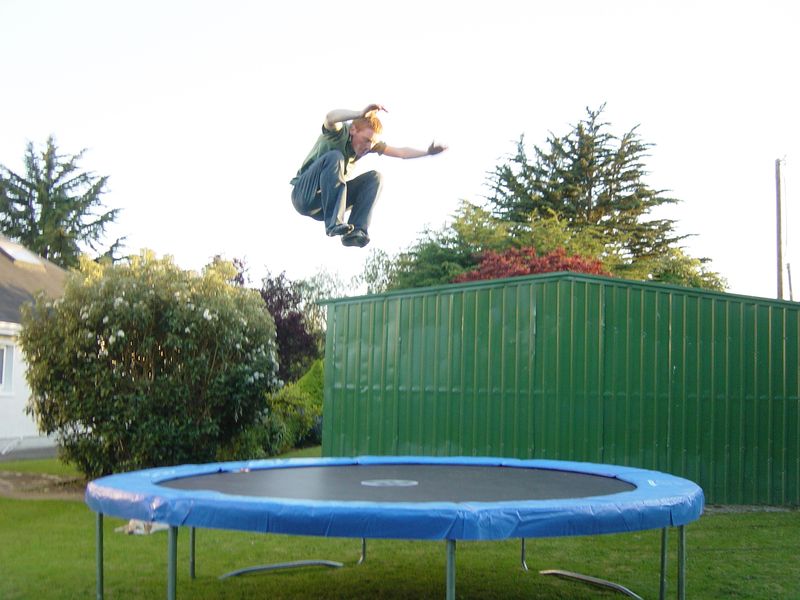
The original backyard trampolines were just springy, dangerous traps with exposed metal springs and no safety nets in sight. Multiple kids would bounce simultaneously, creating an unpredictable chaos of flailing limbs and unplanned aerial stunts.
The trampoline’s edge was a danger zone of pinch points and hard metal. “Double bouncing” someone was the ultimate power move, sending your unsuspecting friend soaring to unexpected heights before they crash-landed awkwardly or shot right off the edge onto solid ground.
11. Sledding Down Traffic-Adjacent Hills
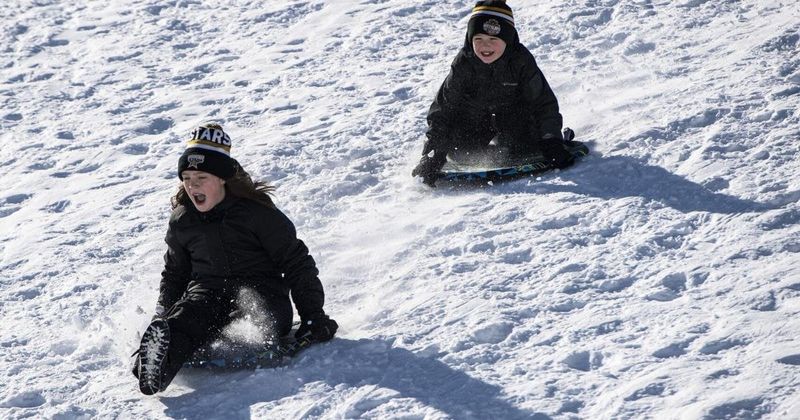
Winter brought the thrill of sledding down the steepest hill in town—which often ended directly at a busy street. We’d launch ourselves downhill on flimsy plastic sleds with zero steering capability and questionable braking systems.
The goal was maximum speed with minimum control. Parents would advise, “Roll off if you’re heading for the road!” as if tumbling through snow at 20 mph was the safer option. Cars would sometimes slow down for the parade of children shooting into the street.
12. Tree Climbing to Dizzying Heights
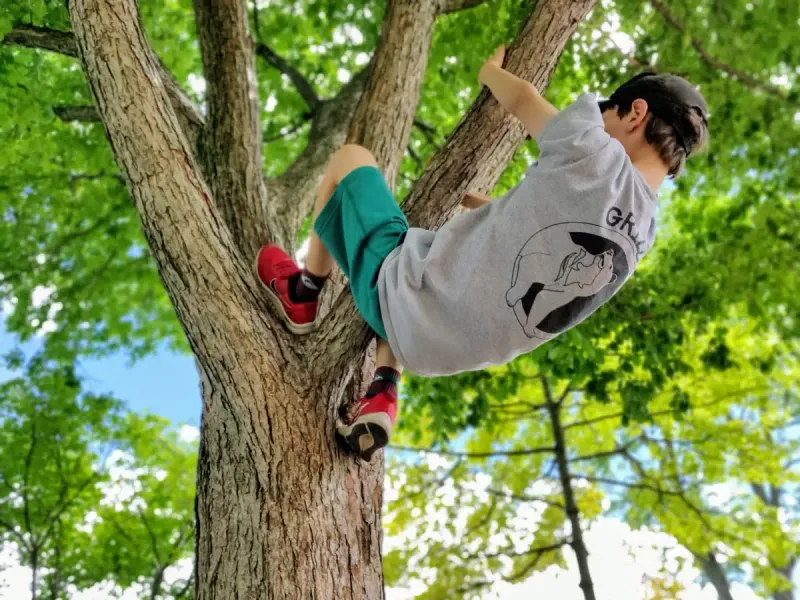
Trees were nature’s jungle gyms, and no height was too scary for determined kids. We’d scramble up to terrifying heights with no safety equipment, testing branches that seemed far too thin to support human weight.
Falls were common and sometimes spectacular. No one worried about concussion protocols or spinal injuries—if you could still move, you were fine!
The higher you climbed, the more neighborhood respect you earned, creating an arms race of increasingly dangerous ascents.
13. Riding in Cars Without Seatbelts
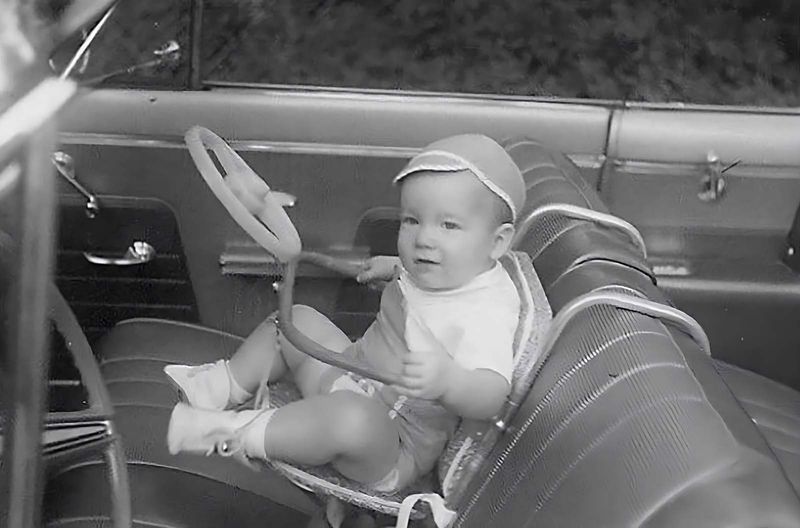
Family road trips meant piling into the station wagon where kids would bounce around the backseat or cargo area like human pinballs. Seatbelts were optional accessories that mostly stayed tucked between cushions, gathering crumbs.
We’d slide from window to window on sharp turns and sometimes sleep on the rear dashboard under the back window. Mom’s arm flung out during sudden stops was the only safety system we needed.
Somehow, a generation survived despite treating car interiors like mobile playgrounds.
14. Homemade Zip Lines
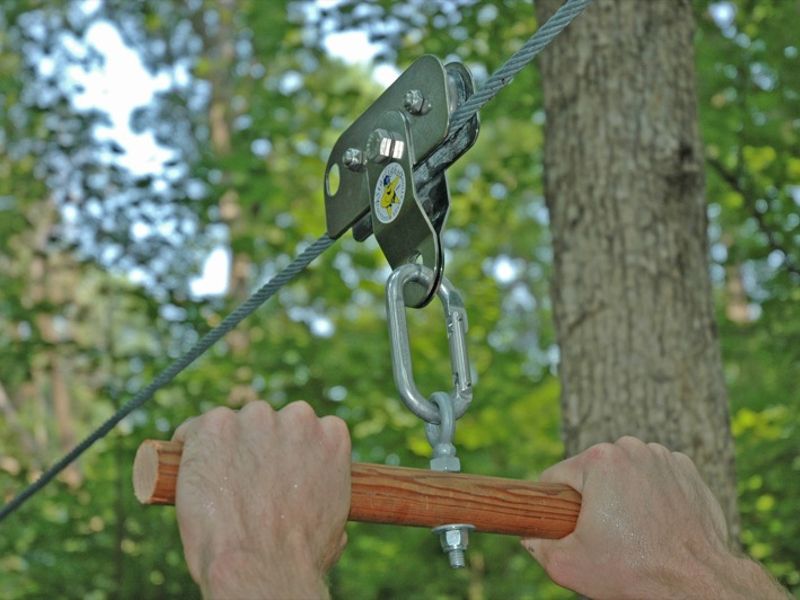
Backyard engineering at its finest—we’d string rope between trees and create zip lines using whatever could slide: a stick, a bent coat hanger, or if you were fancy, a pulley stolen from dad’s garage. The landing zone was typically an afterthought.
Testing involved the smallest kid going first while everyone watched for catastrophic failure. Height and speed were prioritized over safety considerations.
Rope burns, falls, and tree collisions were all part of the experience, considered minor setbacks rather than reasons to abandon the project.
